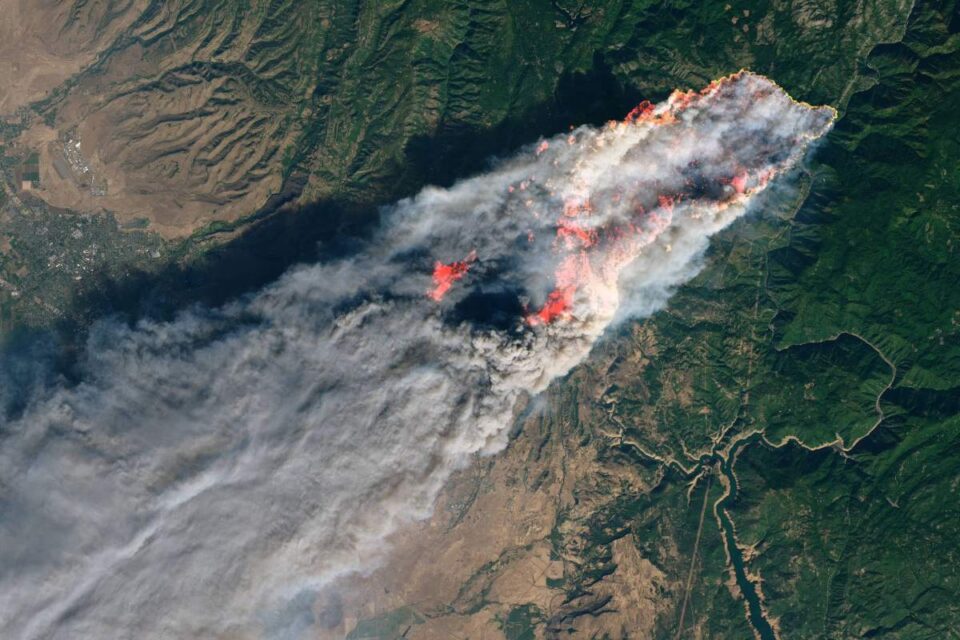The first satellite of the Google-backed FireSat constellation successfully made it to orbit over the weekend, kicking off what promises to be a new era in wildfire detection and monitoring.
The constellation will keep a close eye on wildfires. When fully operational, the constellation’s more than 50 satellites will be able to image nearly all of Earth’s surface once every 20 minutes. The initial phase will consist of just three satellites, and it will revisit every point on the globe twice per day when it’s operational in 2026.
The first satellite was built by Muon Space and launched aboard SpaceX’s Transporter 13 mission on March 14 from Vandenberg Space Force Base. The sensor suite consists of six-band multispectral infrared cameras, which are tuned to detect wildfires from a distance.
Most wildfire tracking today uses aerial photography via airplanes or low-resolution satellite imagery that’s been repurposed for the task. The former is expensive, limiting how frequently it can be updated, while the latter suffers from low resolution and sensors not specifically tuned to wildfire detection.
The FireSate constellation is designed to solve both of those problems. Its produces five-meter resolution imagery, and when the constellation is flying its full complement, it’ll provide firefighters with near real-time updates on a fire’s whereabouts and behavior.
The constellation is a joint effort between Muon Space and the Earth Fire Alliance, a nonprofit supported by Google, Muon Space, the Environmental Defense Fund, the Gordon and Betty Moore Foundation, and the Minderoo Foundation.
Tim De Chant is a senior climate reporter at TechCrunch. He has written for a wide range of publications, including Wired magazine, the Chicago Tribune, Ars Technica, The Wire China, and NOVA Next, where he was founding editor. De Chant is also a lecturer in MIT’s Graduate Program in Science Writing, and he was awarded a Knight Science Journalism Fellowship at MIT in 2018, during which time he studied climate technologies and explored new business models for journalism. He received his PhD in environmental science, policy, and management from the University of California, Berkeley, and his BA degree in environmental studies, English, and biology from St. Olaf College.
Most Popular
Newsletters
Subscribe for the industry’s biggest tech news
